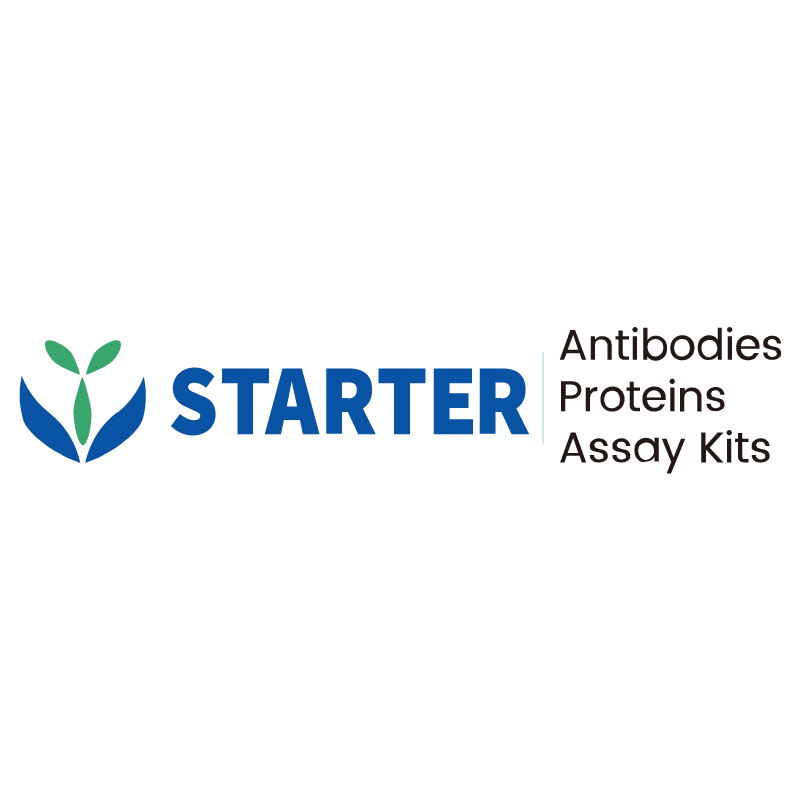2μg(R: reducing conditions)
Product Details
Product Details
Product Specification
| Species | Mouse |
| Synonyms | Killer cell lectin-like receptor subfamily B member 1G, Natural killer cell surface protein NKR-P1G, Natural killer lectin-like receptor 1E, Gm4696, Klrb1d, Klrb1g, Klrb6, Nkrp1g |
| Accession | Q0ZUP1 |
| Amino Acid Sequence | Protein sequence (Q0ZUP1, Gln64-Val214, with C-10*His) QKPLIEKCSVAVQENRTEPTGRSATLECPRDWHPHCDKCLFTSQTSRPWADGLVDCNLKGATLLLIQDEEELRLLQNFSKGKGQQFYIGLKYEEVDKVWKWMNGSILNTNLLQITGKDEENSCALISQTEVFSDSCSSDNHWICQKTLKHVGGGGSHHHHHHHHHH |
| Expression System | HEK293 |
| Molecular Weight | Predicted MW: 18.9 kDa Observed MW: 20-30 kDa |
| Purity | >95% by SDS-PAGE |
| Tag | with C-10*His |
| Physical Appearance | Lyophilized Powder |
| Storage Buffer | Lyophilized from a 0.2 μm filtered solution of 0.2M PBS, pH7.4. |
| Reconstitution | Reconstitute no more than 1 mg/mL according to the size in deionized water after rapid centrifugation. |
| Stability & Storage | 12 months from date of receipt, -20 to -70 °C as supplied. 6 months, -20 to -70 °C under sterile conditions after reconstitution. 1 week, 2 to 8 °C under sterile conditions after reconstitution. Please avoid repeated freeze-thaw cycles. |
Background
Killer cell lectin-like receptor subfamily B, member 1, also known as KLRB1, NKR-P1A or CD161 (cluster of differentiation 161), is a human gene. Natural killer (NK) cells are lymphocytes that mediate cytotoxicity and secrete cytokines after immune stimulation. Several genes of the C-type lectin superfamily, including the rodent NKRP1 family of glycoproteins, are expressed by NK cells and may be involved in the regulation of NK cell function. The KLRB1 protein contains an extracellular domain with several motifs characteristic of C-type lectins, a transmembrane domain, and a cytoplasmic domain. The KLRB1 protein, NKR-P1A or CD161, is classified as a type II membrane protein because it has an external C terminus. NKR-P1A, the receptor encoded by the KLRB1 gene, recognizes Lectin Like Transcript-1 (LLT1) as a functional ligand.
Picture
Picture
SDS-PAGE


